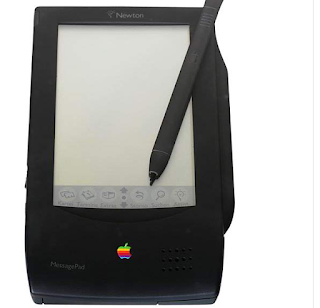TOUCH SCREENS, EVOLUTION
AND TYPES
Call it an effort of human mind or a
miracle from human heart. But this is all happening with technology. We land in
an era where everything that can be possibly thought, can also be practically
put into. And that too quite reasonably..!! Just move the hand or walk your
fingers over a thing and it works. Its hard to believe that just a few decades
ago, touchscreen technology could only be found in science fiction books and
film. These days, it's almost unfathomable how we once got through our daily
tasks without a trusty tablet or smartphone nearby, but it doesn't stop there.
Touchscreens really are everywhere. Homes, cars, restaurants, stores, planes,
wherever—they fill our lives in spaces public and private.It wasn’t long ago
when we used a stylus with a palm top to perform some operations on it .in 2007
Apple introduced touch screen. It was a big revolution as we could actually
slide our fingers against Now we not only take touch input for granted, we
expect to be able to use multi touch (using more than one finger on the screen
at a time) and gestures as well. What made this touch screen revolution
possible?
What are touch
screens?
A
touch screen is a computer display screen that is also an input device. The
screens are sensitive to pressure; a user interacts with the computer by
touching pictures or words on the screen.
Evolution:
EVOLUTION FROM FIRST TOUCH SCREEN TILL NOW:
THERE ARE 2 TYPES
OF TOUCH SCREENS :
Ø Resistive touch screens
Ø Capacitive touch screens
Resistive
touch screens:
The traditional touch screen technology is analog
resistive. Electrical resistance refers to how easily electricity can pass
through a material. These panels work by detecting how much the resistance to
current changes when a point is touched.
This process is accomplished by having two separate layers.
Typically, the bottom layer is made of glass and the top layer is a plastic
film. When you push down on the film, it makes contact with the glass and
completes a circuit.
The glass and plastic film are each covered with a grid of
electrical conductors. These can be fine metal wires, but more often they are
made of a thin film of transparent conductor material. In most cases, this
material is indium tin oxide (ITO)
Capacitive:
These screens are made from multiple layers of glass. The inner
layer conducts electricity and so does the outer layer, so effectively the
screen behaves like two electrical conductors separated by an insulator—in
other words, a capacitor. When you bring your finger up to the screen, you
alter the electrical field by a certain amount that varies according to where
your hand is. Capacitive screens can be touched in more than one place at once.
Unlike most other types of touchscreen, they don't work if you touch them with
a plastic stylus (because the plastic is an insulator and stops your hand from
affecting the electric field).














No comments:
Post a Comment